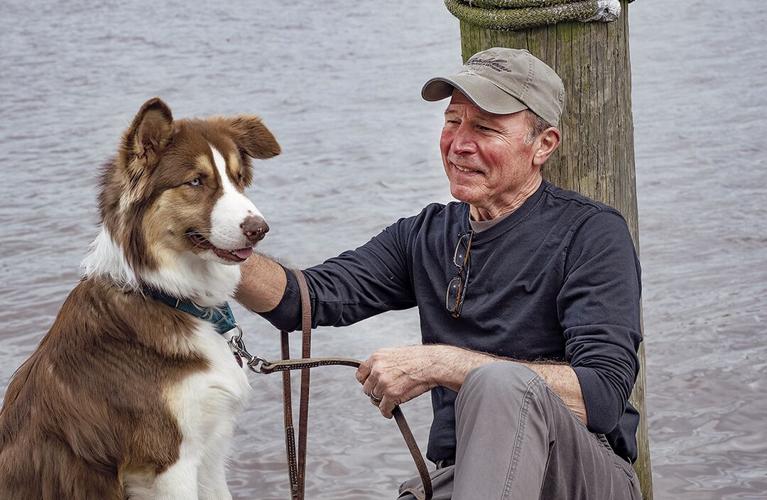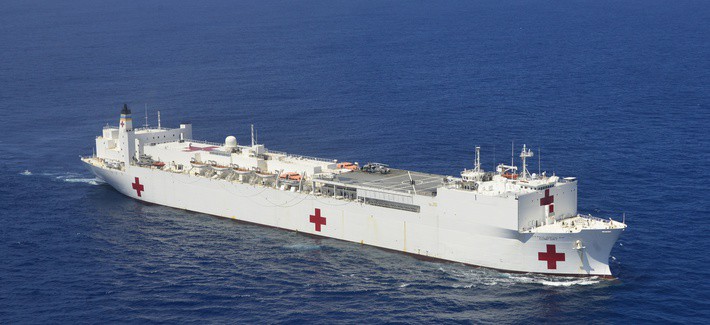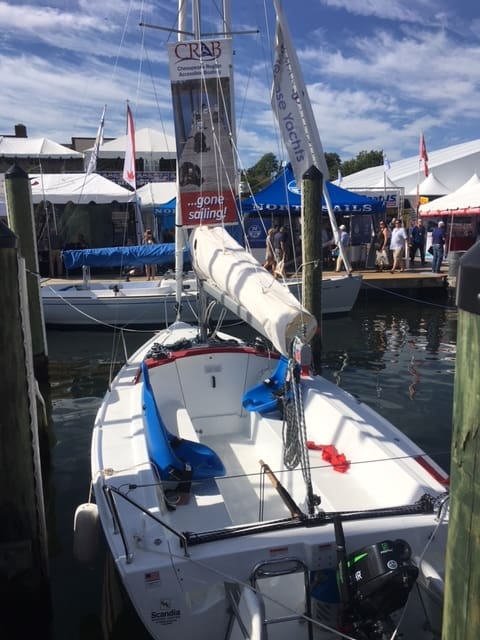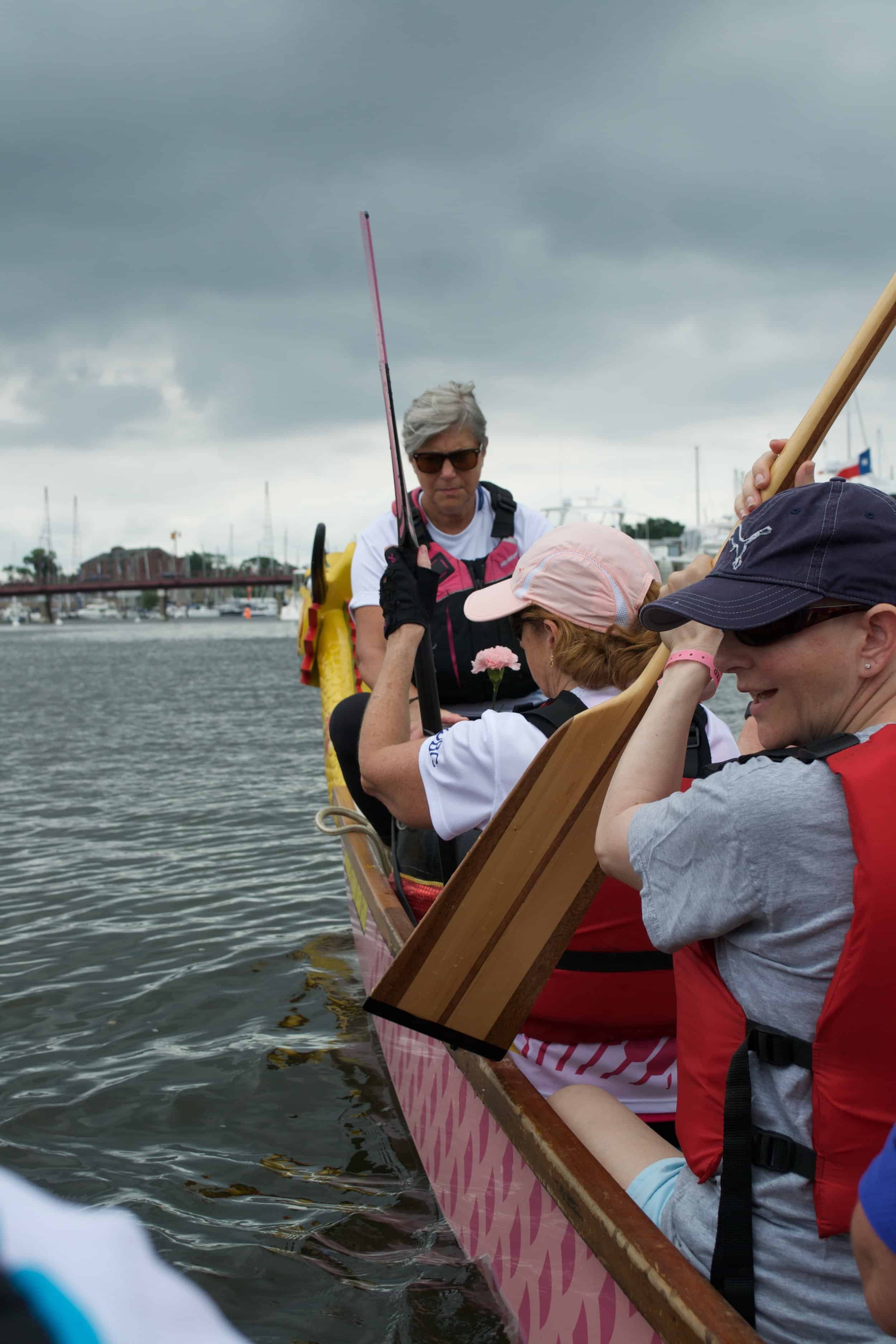By Karl Blankenship, Bay Journal News Service
Nicholas A. “Nick” DiPasquale, who as director of the Chesapeake Bay Program oversaw creation of the agreement that guides today’s restoration efforts and sought to build broader support for that work, died Nov. 24 after a long battle with cancer. He was 71.
Born in Rochester, NY, on Nov. 7, 1951, DiPasquale became committed to environmental work after reading Rachel Carson’s Silent Spring as a teen. He spent three decades working on environmental issues with state agencies, nonprofits and as a private consultant before becoming head of the U.S. Environmental Protection Agency’s Chesapeake Bay Program Office in 2011. There, he worked with states and other partners to craft the expansive 2014 Chesapeake Bay Watershed Agreement, which serves as the guiding vision for today’s Bay work, from water quality improvement to oyster restoration to land protection.
“The Chesapeake community has lost an incredible voice and advocate,” said Kristin Reilly, director of the Choose Clean Water Coalition, which represents nearly 300 groups in the region. “Throughout his entire career, Nick possessed an unflappable commitment to clean water and protecting our most precious natural resources.”
He served as Bay Program director for six and a half years before retiring at the end of 2017. His tenure was the second longest of any director in the Bay Program’s 40-year history. It coincided with ramped-up efforts to reduce nutrient pollution to the estuary, and he won praise from many for helping to refocus the state-federal partnership on issues related to fish and other living resources, habitat protection and stream health.
For several previous years, the Bay effort had been mostly focused on Chesapeake water quality and setting nutrient pollution reduction goals in the Bay’s total maximum daily load or “pollution diet.” The intense focus on nutrient reductions during development of the TMDL, which was implemented in 2010, caused some agencies and organizations that were focused on other issues to drift away from participating in the Bay Program.
DiPasquale helped change that through the 2014 agreement, which he considered the highlight of his Bay career. That agreement contains objectives for restoring oysters, improving habitat for brook trout and black ducks, protecting land, expanding citizen stewardship and a host of other activities. It reflected his view that restoring the Bay is about more than cleaning its water. It laid out a vision for the future—and it increased the involvement of agencies and organizations in the Bay effort, including some that had never previously worked on Chesapeake issues.
“When it came to the health of the Chesapeake Bay, Nick really saw the forest for the trees,” said Joel Dunn, president of the nonprofit Chesapeake Conservancy. “Nick helped expand the focus to encompass other key areas like land management and conservation that also impact the health of the Bay watershed.”
DiPasquale sought to expand the geographic reach of Bay efforts. The 2014 agreement was the fourth Bay restoration strategy to be signed by state governors and the EPA administrator, but it was the first to also include the upstream states of Delaware, New York and West Virginia. He also worked to increase the role of watershed residents by enlisting more people in monitoring efforts that could help inform decision making. He also advocated for greater outreach to underserved communities and to ensure they were benefitting from Bay-related work.
Within the Bay Program, DiPasquale had to balance the longstanding tensions between the EPA, which often seeks to be more assertive in Bay Program oversight, and state partners. In meetings, he would present himself as representing the Bay Program, not the EPA.
“This, over the years, has been difficult to explain to the EPA — that while they pay my salary, I really work for the partnership and I have a responsibility to act on decisions that the partnership makes,” DiPasquale said after he retired.
DiPasquale was recognized with numerous awards, including being named Admiral of the Chesapeake by the governor of Maryland and receiving the 2018 Clean Water Champion award from the Choose Clean Water Coalition.
After retirement, DiPasquale settled in Chestertown, Md., and continued his advocacy for the environment by serving on a variety of boards and through speaking engagements. He could be found navigating area waterways in his kayak with his wife, Becky.
Along with Becky, he is survived by his daughter, Laura DiPasquale, and her husband and children, Eric, Alex and Addie Zupan; his sister, her husband and their daughter, MaryEllen, Craig and Alexandria Colling; his brother and his two children, Jim, Danielle and Benjamin DiPasquale; and his stepdaughter, her husband and children, Jess, Simon, Caroline and Emily Nichols.




